
7 Effective Strategies for the General Education Classroom
and How LessonPix Can Help
Effective teachers use evidence-based interventions to ensure all students are taught to high academic standards. These interventions respond to students' social, emotional, and academic needs and advance equity within underrepresented student subgroups (each major racial and ethnic group, children from low-income families, children with disabilities, English learners, etc.).
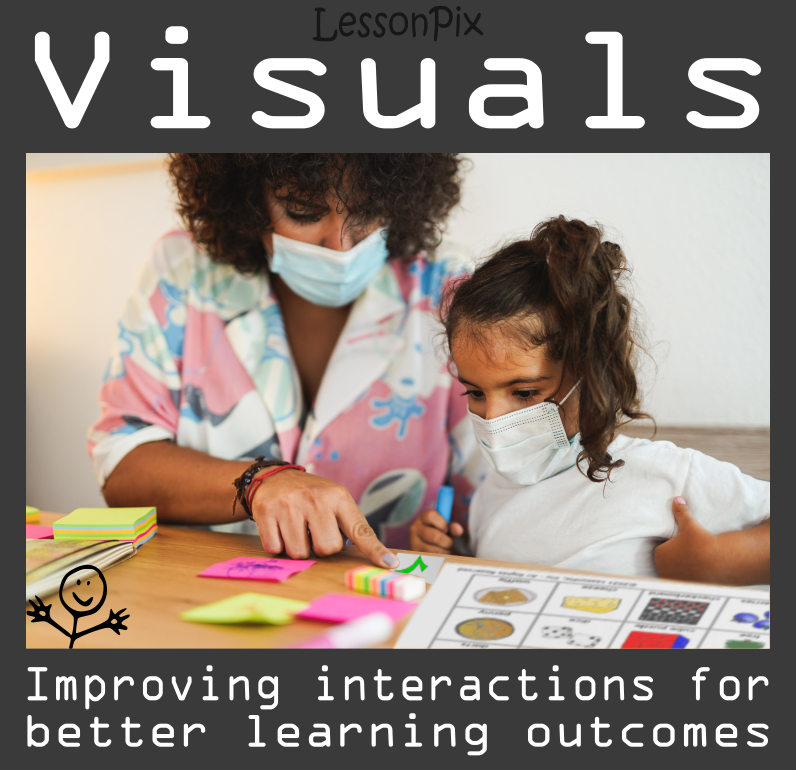
The 2020 Global Pandemic forced familes and schools to adapt instruction and rely on remote learning strategies. Many inspiring stories emerged of teachers going above and beyond, finding innovative ways to connect and instruct. While some students adapted well, many struggled and now present with learning loss. New programs are being implemented with funding opportunities to address learning recovery. (Learn More about Learning Recovery Here)
As schools reopen brick and mortar classrooms, teachers are able again to use all of these strategies for student success. This article addresses these essential interventions and how LessonPix can help improve learning outcomes.
1. The Learning Environment is Key
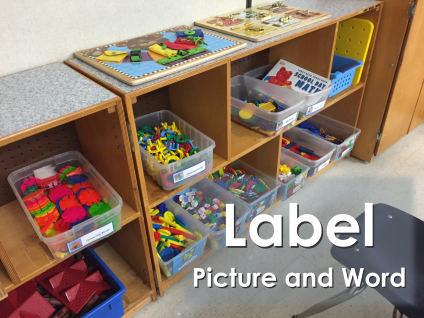 The classroom environment greatly influences learning success. The environment should be a place that is welcoming, aesthetically pleasing, culturally representative of community, and filled with purposeful materials. Teachers can view aspects of their room and ask themselves “what is the purpose of this... (area, board,)?” View it from a child’s level. Look at traffic patterns and check for accessibility. Are there tripping hazards or clutter?
The classroom environment greatly influences learning success. The environment should be a place that is welcoming, aesthetically pleasing, culturally representative of community, and filled with purposeful materials. Teachers can view aspects of their room and ask themselves “what is the purpose of this... (area, board,)?” View it from a child’s level. Look at traffic patterns and check for accessibility. Are there tripping hazards or clutter?
Here are some ideas to consider as you set up your learning environment.
- Label the room. This is especially effective for bilingual students who are learning English vocabulary.
- Create multiple workstations. Students need a desk, but also need an inviting reading area, space for getting out the wiggles, and a place for a break.
- Remind students of routines with visuals containing pictures and descriptions.
- Assign students classroom roles, and switch their tasks from week to week. Students are a valued member of the classroom community and can help routines and materials organized.
Learn more about setting up the learning environment in these articles
2. Learning is fun: Motivation for Engagement
A nationwide study of primary classrooms showed that when teachers were sensitive to student interests, invited student input into classroom decisions, and avoided harsh criticism, students gained in reading achievement. The effect was strongest for at-risk students and low income populations (Hamre & Pianta, 2006).
Believing in oneself is more closely linked to achievement than any other motivation. Simply stated: confidence is tied to success. Quality teachers embed strategies to help students in this area. For example, if a student believes in an ability to read just one page of text, he will be confident to read the next page. Teachers can break down skills into smaller bites, so students can build their confidence as they go and work toward larger goals.
LessonPix provides templates for visuals that show how to do tasks and make the task less overwhelming.
Dedicated students read to attain information; reading is a vehicle to take them to the knowledge they want. There are two sides to reading: skill and will. “Skill” includes phonemic awareness, phonics, word recognition, vocabulary, and simple comprehension. The “will” is the motivation: enjoyment, interests, and behaviors in reading. The “will” determines whether the student grows into a person who enjoys and benefits from literacy, and its value cannot be underestimated.
"Will" and "skill" are not opposites. Many teachers think they must teach hard, academic strategies or have a motivational day. Students benefit most when motivations and strategies are fused together. If students become excited about a book or a topic, they need strategies for learning from the book or enjoying it fully.
Use LessonPix to create interest inventories and activities using those interests.
A favorite motivator of many teachers is choice. Teachers promote many forms of “mini-choices” in every lesson and throughout the day. For example, students can choose which piece of a text to read. With a story, a student may select one character about whom to specialize, view perspectives, or role play. During math, a student may choose manipulatives of interest by theme (toy cars, dinosaurs, keys) or sensory input (coins, pompoms, stickers).
A thematic unit across time has the benefit of nurturing students’ confidence in reading. When the students see the topics, key questions, and essential portions of text linked together; they gain a sense that they can read. They expand their belief that they can answer the questions and perform the reading activities that enable them to be functioning members of a class discussion or a team project.
Check out these activities and visuals that support picture books: In a Story
Student engagement and active participation are considered to be among the most critical factors driving their persistence to learn (Braxton et al. 2008).
3. Use Multimodal Learning Strategies
If you want students to remember something, have them use it in a variety of ways, such as draw it, act it out, pair with relevant images, and play learning games. Research shows that multisensory input is more beneficial for learning outcomes as compared with unisensory input. (Mahmoudi et al. 2012; Sadoski and Paivio 2013; Shams and Seitz 2008)
LessonPix offers hundreds of easy-to-make templates to customize for your learning objectives and making learning fun.
Check out these articles for more fun ways to teach academics.
- Adapted Board Games
- Early Literacy Skills: Teaching about Characters
- Reading Writing and Spelling with Animals
- Phonological Awareness Fun
4. Collaboration and Relationship-Building
Quality teacher-student relationships is vital to the classroom. You can’t hear it enough- get to know your students! When teachers emphasize positive interpersonal relationships, student motivation increases. Believing that their teachers think they are important, students participate more socially in the classroom (Furrer & Skinner, 2003) Simple gestures like greeting kids at the door can improve academic engagement by 20 percentage points! (Cook, Fiat, Larson 2018)
At the elementary school level, peer relationships further students’ development as readers. The emphasis on social collaboration may be especially valuable for African American students. In a study of 10- to 11-year old African American students, Dill and Boykin (2000) showed that collaborative learning environments had advantages over individual learning environments. A collaborative learning setting increased the recall of stories, enjoyment of the learning activity, and the desire to participate in similar activities in the future.
LessonPix provides many templates that teach social skills. In the Sharing Center, you can easily find ready-to-print materials to teach specific skills (listening, personal space, etc.) and cooperative games to use with curriculum (board games, tic tac toe, etc.).
Check out these materials (here) to support social distancing in peer relationships.
Here are additional articles with sample materials for teaching social skills and collaboration
- 7 Ways to Support Social Skills and Self Regulation
- Social Skills Instruction
- 5 Social Skill Lessons for Remote Learning
- Making Social Skills Comic Books
5. Remote Learning Revolution
The 2020 Covid Pandemic forced revolutionary changes in learning instruction. As a result, schools need to provide some form of instruction remotely. Existing research provides little reliable evidence on which online learning practices are most effective, and the few existing causal studies yield inconsistent results.
There are some things a teacher can do to improve learning via online remote learning.
A virtual classroom should be even more intentionally organized than a physical one. Students should have one dedicated tool for assignments, communication, and reminders. Reduce visual clutter like hard-to-read fonts and unnecessary decorations throughout their virtual spaces.
Successful teachers in distance learning stress the importance of a schedule. Create a digital agenda for the unit that includes each day’s lesson with hyperlinks. Practice the routine of accessing and following the agenda each day in class, and remind students to refer to it at home to avoid that sinking “Wait, what did we do today?” feeling. Make it routine for students to engage verbally and nonverbally with the material and their classmates. And, don’t forget to build in movement and snack breaks!
LessonPix includes tools for using materials in distance learning tools.
Check out these great articles for more information.
- Remote Learning with LessonPix
- 5 To-Do's for Distance Learning Back to School
- 10 Simple Tips for PowerPoint Using LessonPix
- Using Google Applications With LessonPix
- LessonPix Play Tools
- Telepractice with LessonPix
- 5 Social Skill Lessons for Remote Learning
- Virtual Backgrounds with LessonPix
6. Develop Parent Relationships
Good communication between families and schools is necessary for students' success. Parents also benefit from being involved in their children's education by getting ideas from school on how to help and support their children, and by learning more about the school's academic program and how it works.
Research shows that the more parents and teachers share relevant information with each other, the better equipped both will be to help that student achieve academically. Other studies found that providing parents with information about their child’s academic performance was twice as effective as reminding parents to check on their child’s performance. In other words, “pushing” information was twice as effective as “pulling” information (Bergman, 2019; Bergman, 2014).
All materials print to a pdf version. This means that families do not need to purchase software to use classroom materials in the home. Teachers can e-mail learning activities or post to class learning management systems (like Canvas). Learn more about our sharing policies here.
LessonPix offers our translation tool to convert learning materials in a student's home language. Learn how in this article.
7. Consistency in Classroom Management
Look closely at the most successful classrooms, and you will see an infrastructure intentionally designed for proactive teaching. Teachers always look for ways to stay ahead of potential problems. Make sure you consider the foundational components for a successful learning environment.
- The physical layout makes a huge impact on learning. Classrooms should have defined areas with clear expectations. Clutter can confuse and even stress some students with too much stimulation and undefined expectations.
- Create a break area and/or sensory area where students can take a moment as needed. Sensory issues can present in many ways with aversion or compulsion. And young children may not understand or be able to express why they are feeling anxiety.
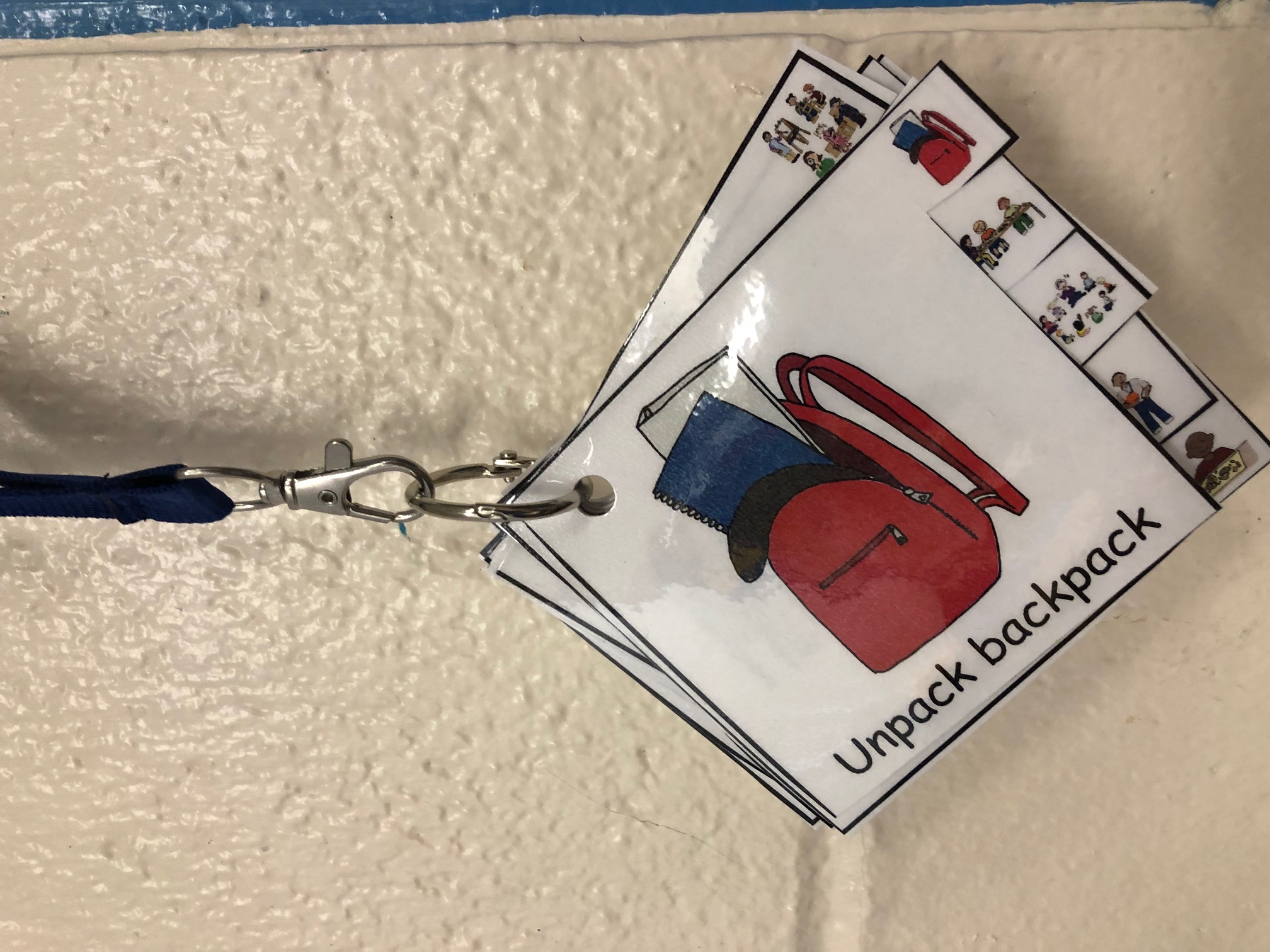 The flow of the day can help set the tone of the classroom. Consider the activity pattern of the schedule and the age and maturity of the students. Look at how much time is allocated to active and passive activities. 60 minutes is far too long for young children to remain on passive activities, so consider breaking the time with educational music, yoga stretches, or heavy work like stacking chairs or moving books. Too much activity can exhaust or rev students up causing them to have difficulty calming and attending.
The flow of the day can help set the tone of the classroom. Consider the activity pattern of the schedule and the age and maturity of the students. Look at how much time is allocated to active and passive activities. 60 minutes is far too long for young children to remain on passive activities, so consider breaking the time with educational music, yoga stretches, or heavy work like stacking chairs or moving books. Too much activity can exhaust or rev students up causing them to have difficulty calming and attending.- A posted schedule provides clear expectations and predictability.
- Post classroom rules for an effective visual of expected behaviors.
- Carry reminder visuals on a key ring or lanyard.
- Teach students to self-monitor their behavior, such as using the Zones of Regulation or behavior chart.
- Communicate behaviors with students and their families. Establish a positive behavior plan if needed.
Your students should know that from when they walk in, to when they leave, they are in a structured, loving classroom with clear expectations and people who care.

Check out these great articles for more information.
- Step Ahead: Beginning the Year with Proactive Discipline
- Tips for Classroom Rules
- Choice Cards
- First-Then
- Visual Schedule
- 7 Ways to Support Social Skills and Self Regulation
- Social Skills Instruction
BONUS: Universal Design for Learning (UDL)
This "bonus" component encompasses all of the previous ones. Universal Design for Learning (UDL) is a philosophy of teaching which works to provide access for all. It considers needs of diverse people from day one rather than adapting traditional practices only when a situation requires it. UDL reduces the barriers to learning by providing flexibility to meet learning goals.
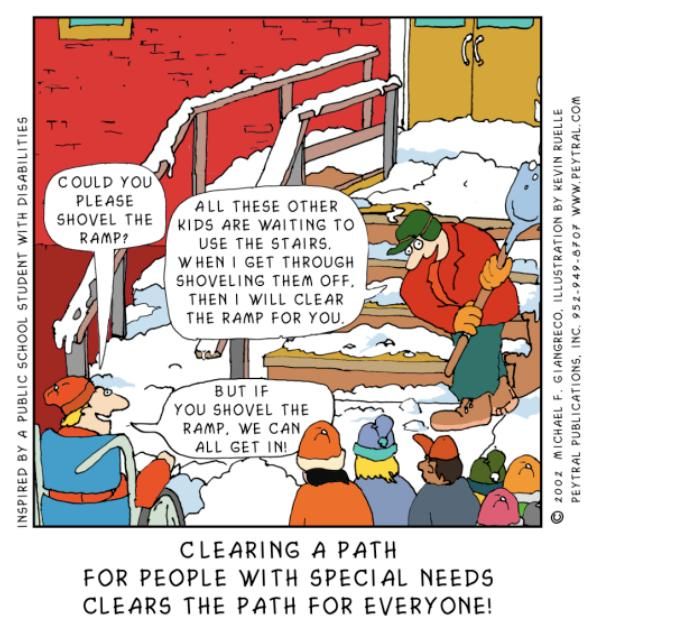 UDL presents as all things discussed above: multi-sensory input, learning games, motivation, interests, labels, collaboration, culture, classroom management, and more!
UDL presents as all things discussed above: multi-sensory input, learning games, motivation, interests, labels, collaboration, culture, classroom management, and more!
While UDL looks different in every classroom, they share common elements:
- All learners know the goal
- Intentional, flexible options for all students to use
- Student access to resources from the start of a lesson
- Students build and internalize their own learning
UDL means designing your course with accessibility in mind—regardless of whether you’ve been approached by a student who may “require” such adjustments. By putting disability and access considerations at the center of our teaching, we join efforts to make education accessible to all of our students.
For more information about UDL and LessonPix, check out these articles:
- Creating the UDL Early Childhood Classroom: The Physical Environment
- Creating the UDL Early Childhood Classroom: The Social Emotional Environment
- Creating the UDL Early Childhood Classroom: The Temporal Environment

Research:
Braxton, J. M., Jones, W. A., Hirschy, A. S., & Hartley III, H. V. (2008). The role of active learning in college student persistence. New Directions for Teaching and Learning, 2008(115), 71–83.
Cook, C.R., Fiat, A., Larson, M., (2018) Positive Greetings at the Door: Evaluation of Low-Cost, High Yield Proactive Classroom Management Strategy. Journal of Positive Behavior interventions. Vol 20 Issue 3. 149-159
Dill, E., & Boykin, A. W. (2000). The comparative influence of individual, peer tutoring and communal learning contexts on the text recall of African American children. Journal of Black Psychology, 26(1), 65–78.
Mahmoudi, S., Jafari, E., Nasrabadi, H. A., & Liaghatdar, M. J. (2012). Holistic education: An approach for 21 century. International Education Studies, 5(2), 178–186.
Sadoski, M., & Paivio, A. (2013). Imagery and text: A dual coding theory of reading and writing. New York: Routledge.
Shams, L., & Seitz, A. R. (2008). Benefits of multisensory learning. Trends in Cognitive Sciences, 12(11), 411–417.
#gen ed, #general ed, #first gread, #kindergarten, #school, #teach #K12, #K-12, #classroom
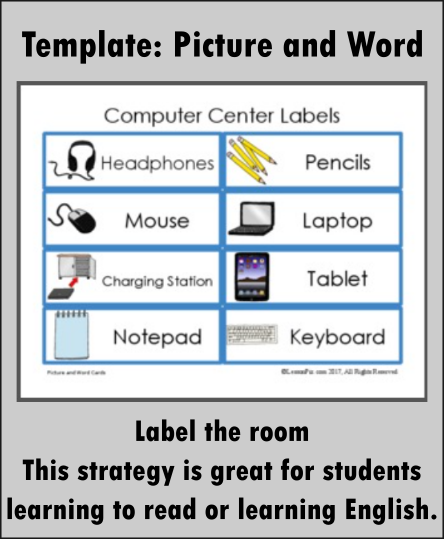
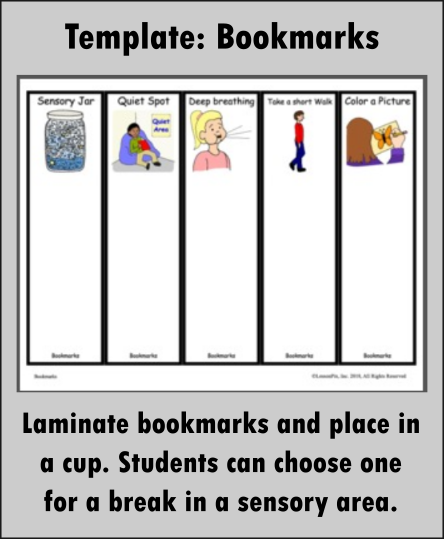
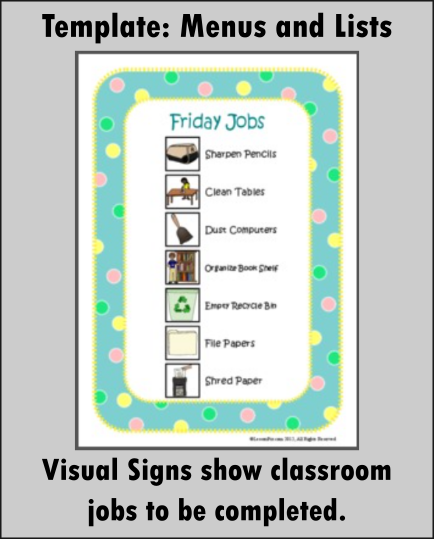
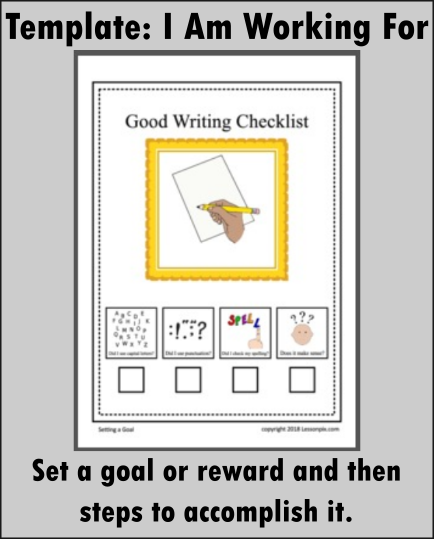
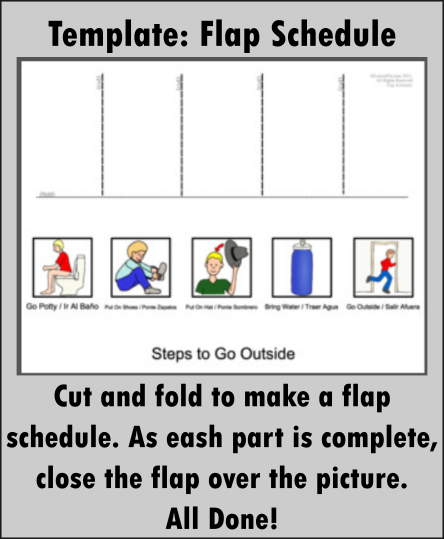
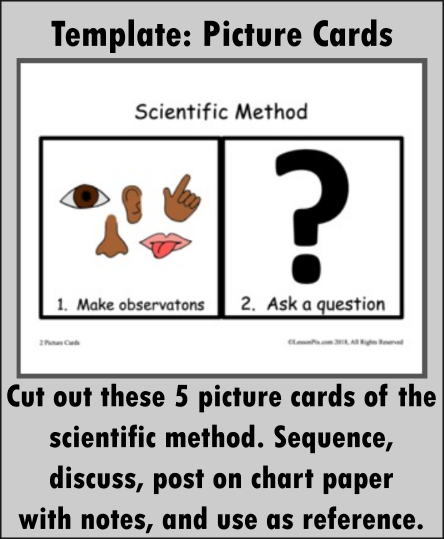
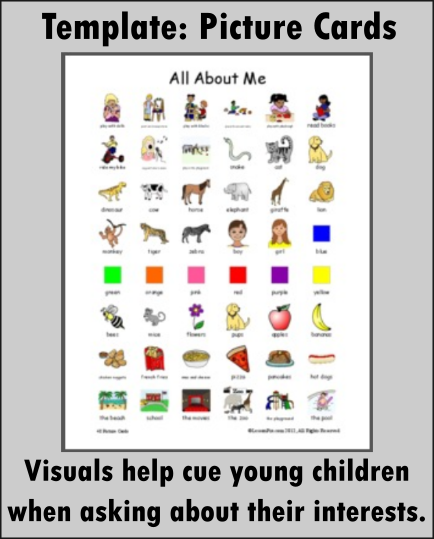
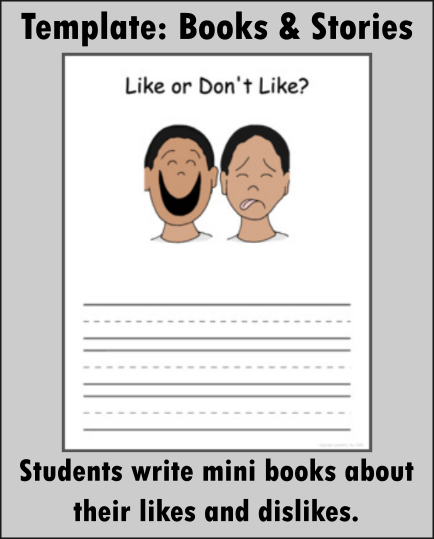
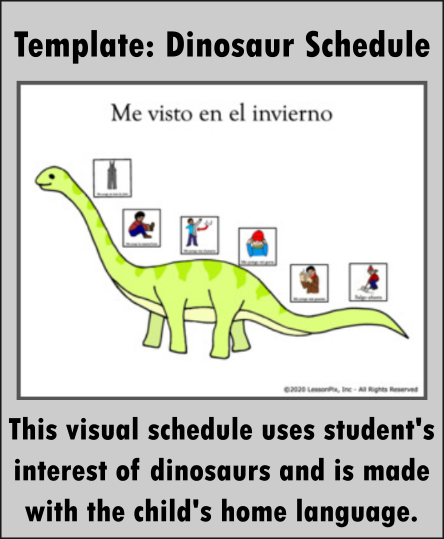
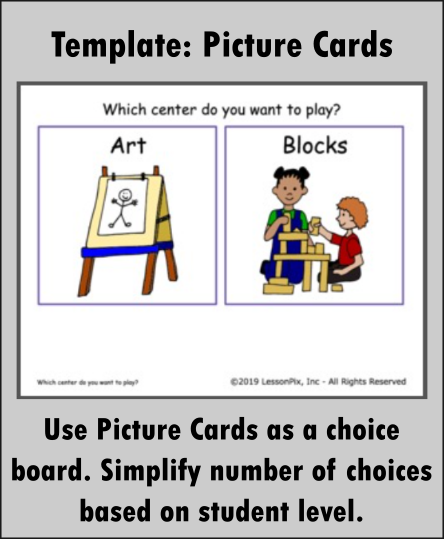
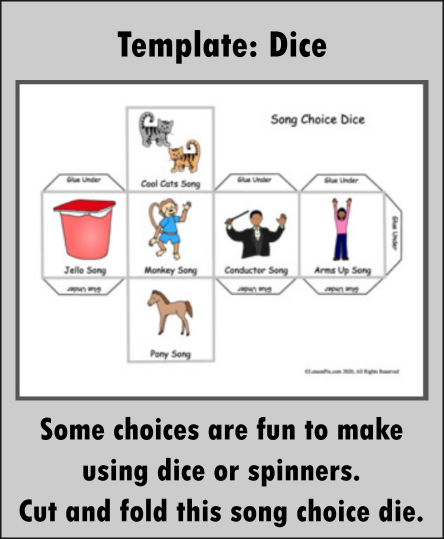
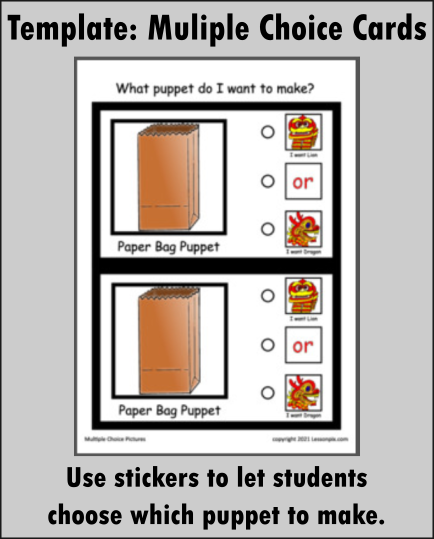
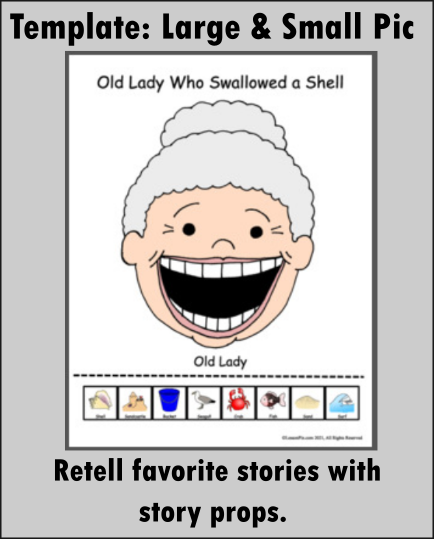
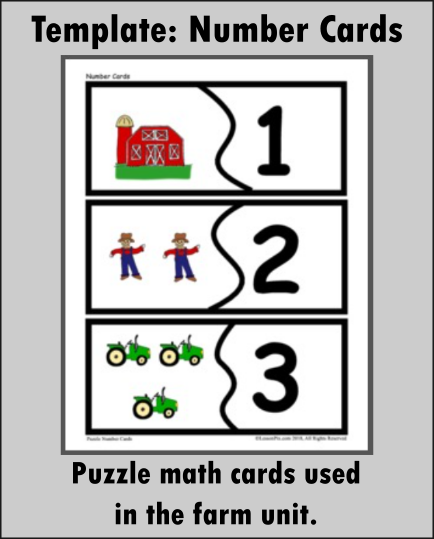
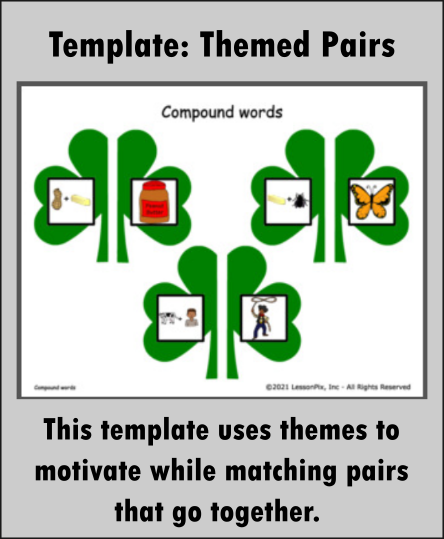
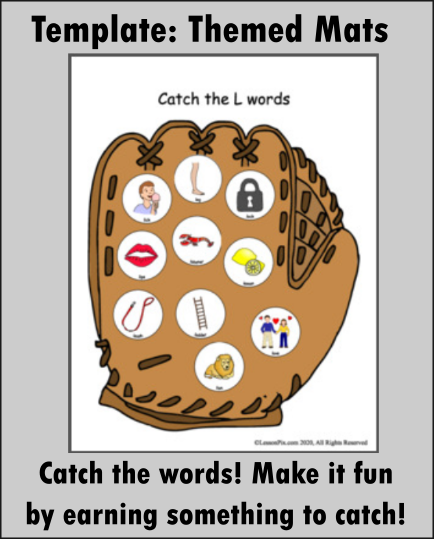
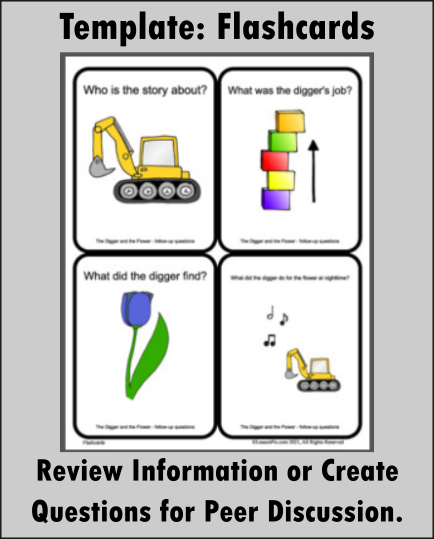
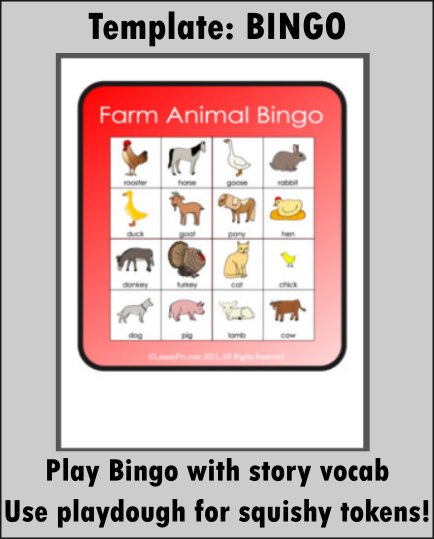
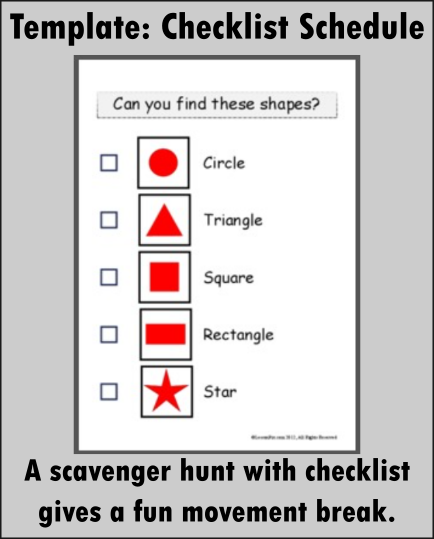
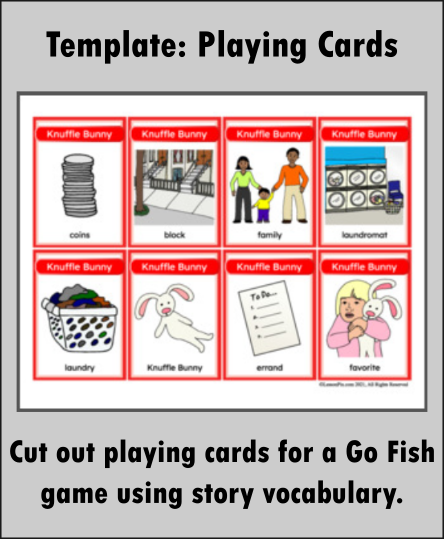
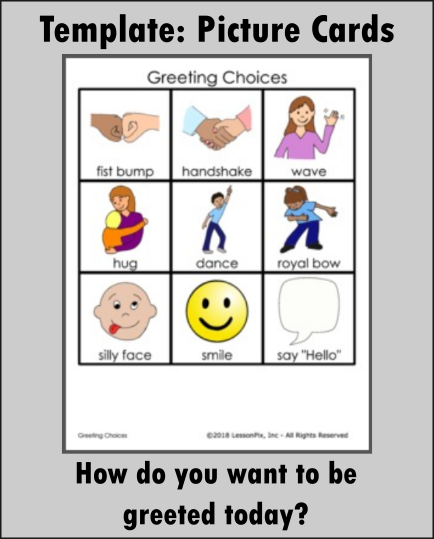
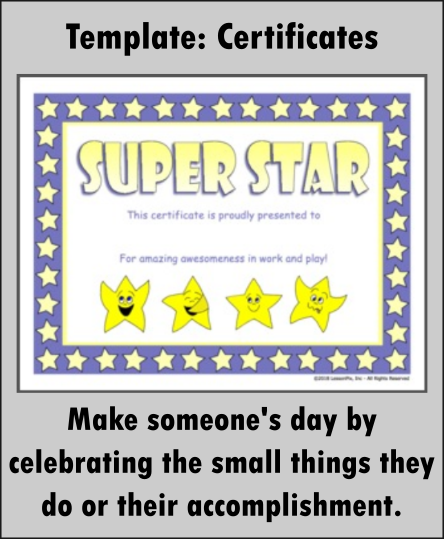

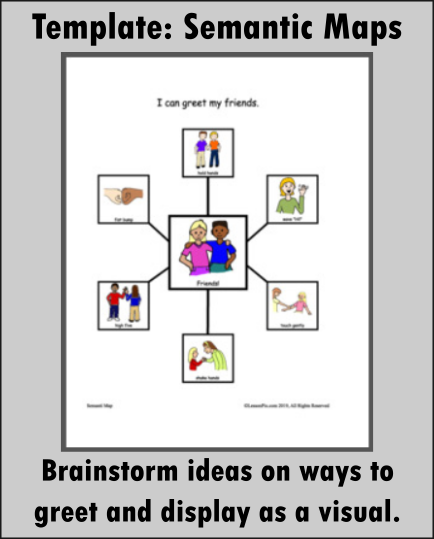
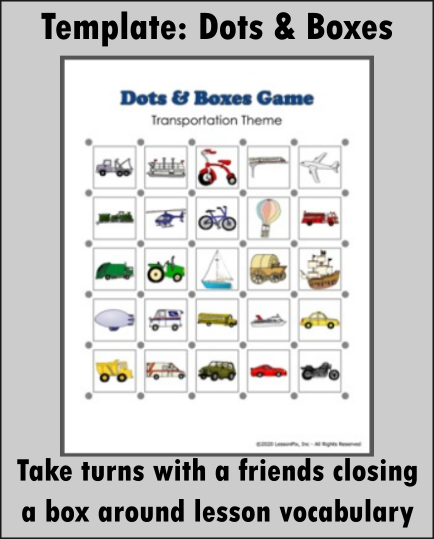
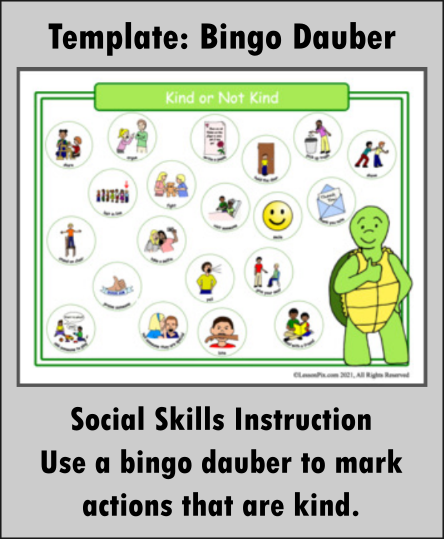
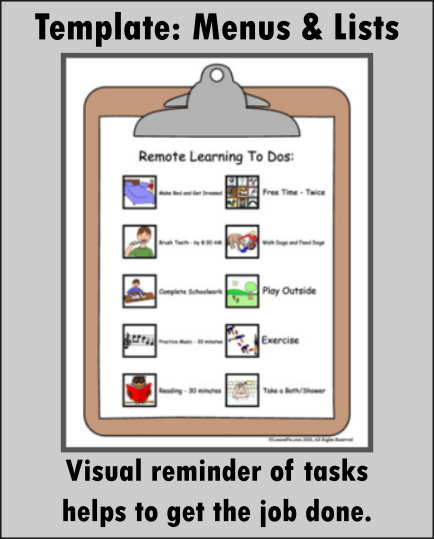
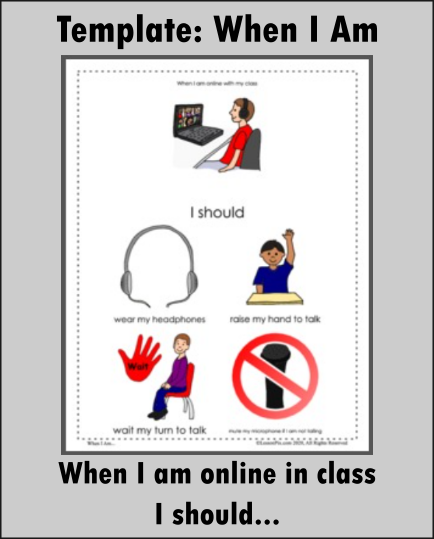
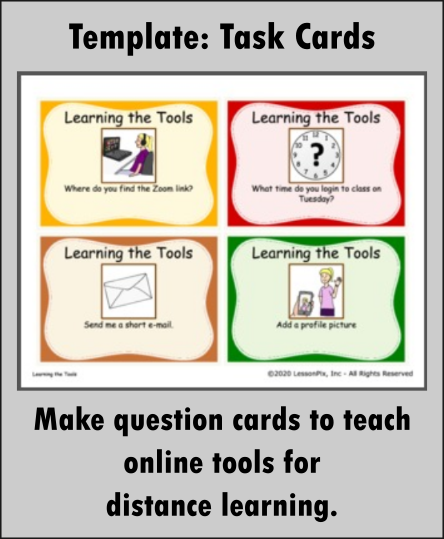
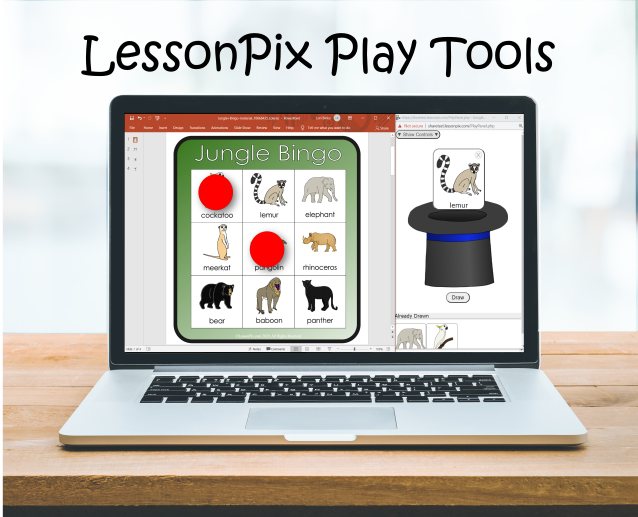
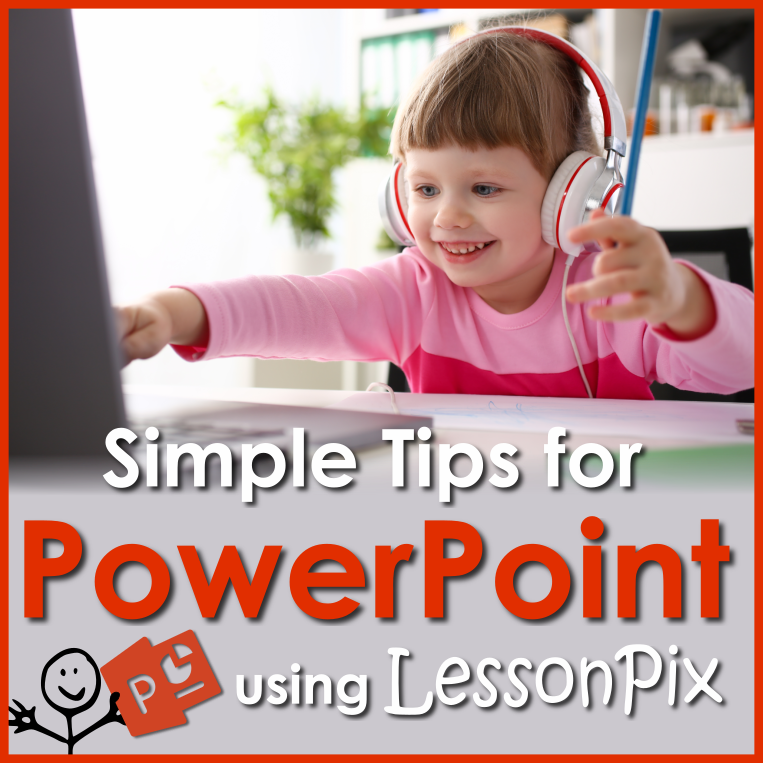

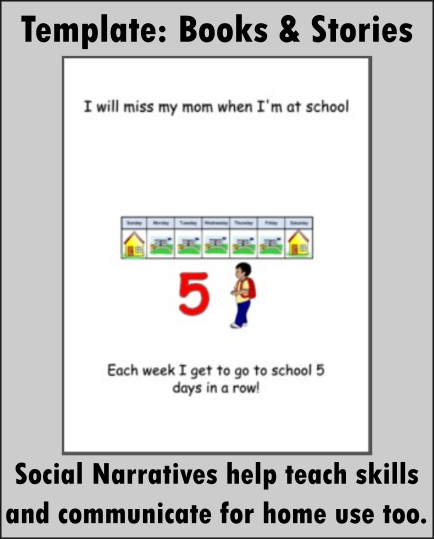
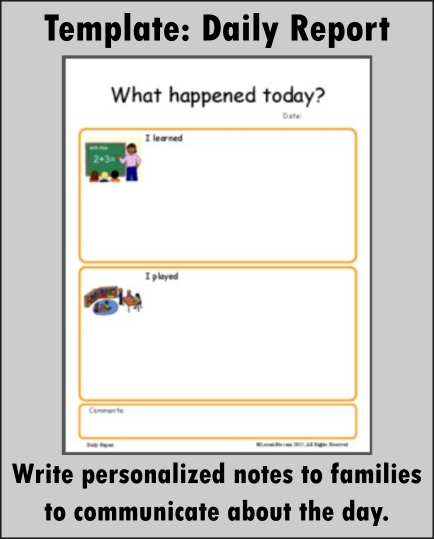
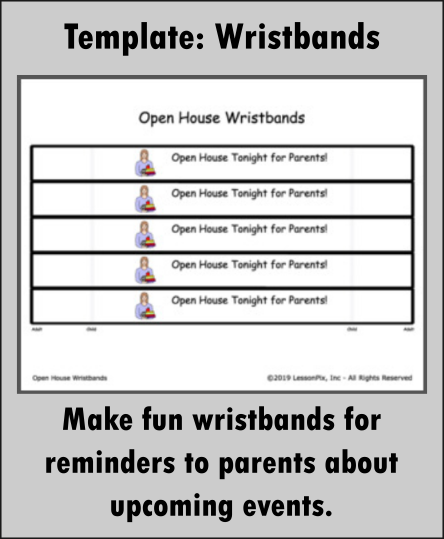

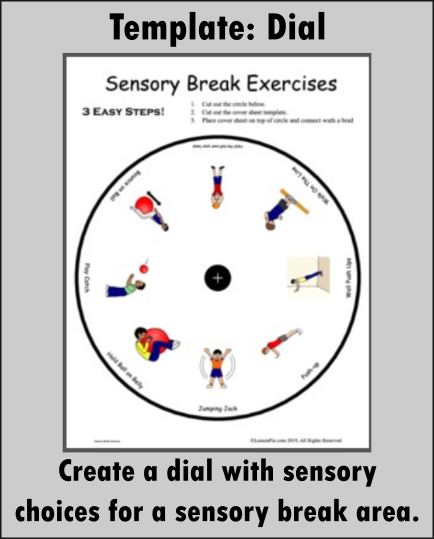
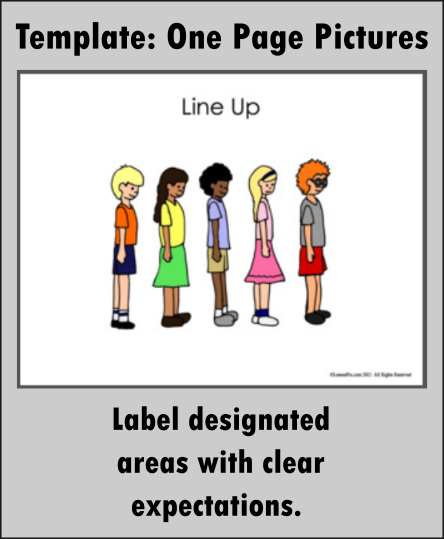
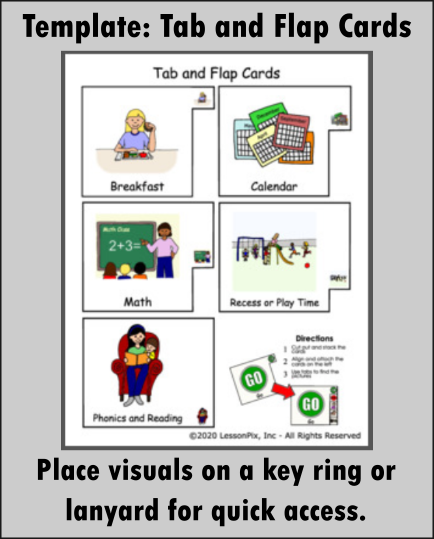
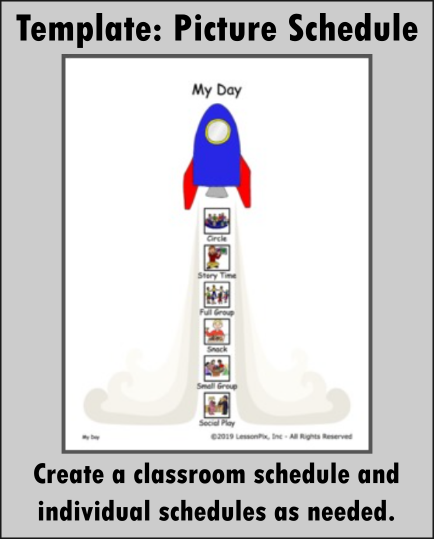
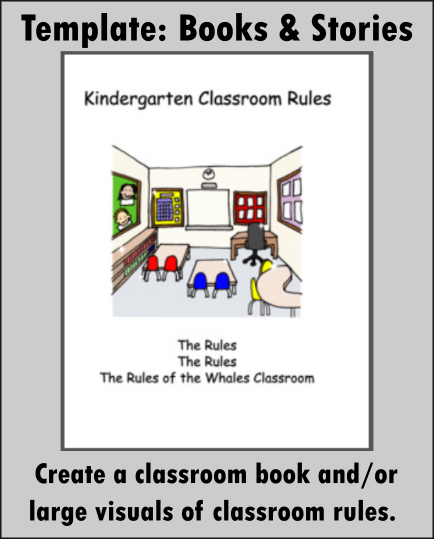
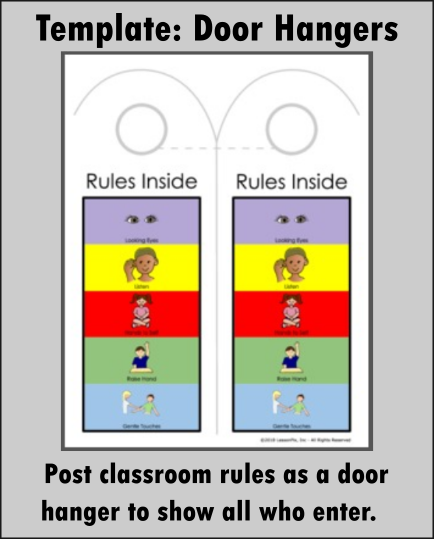
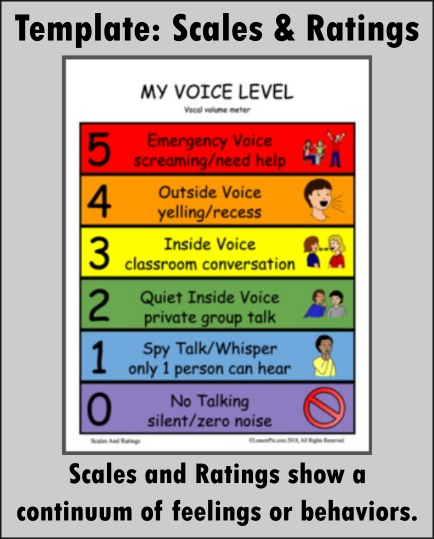
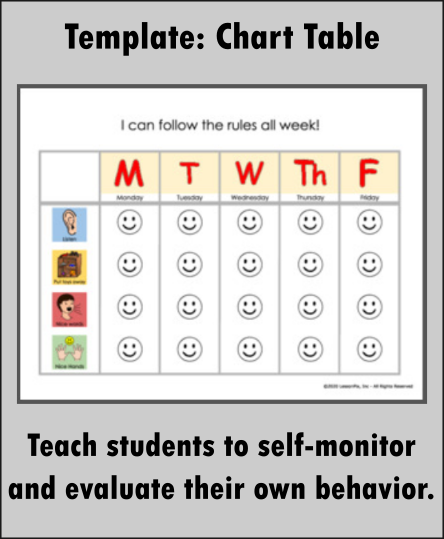
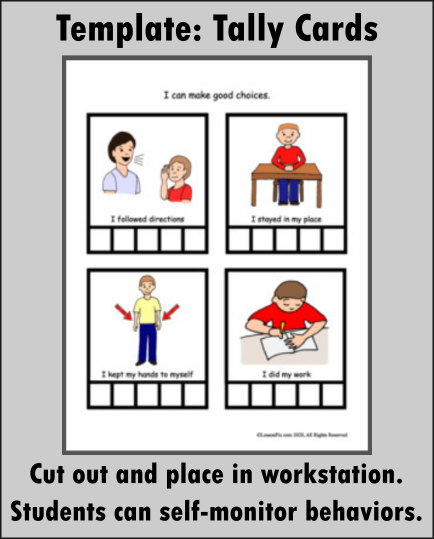
 Facebook
Facebook Twitter
Twitter Pinterest
Pinterest